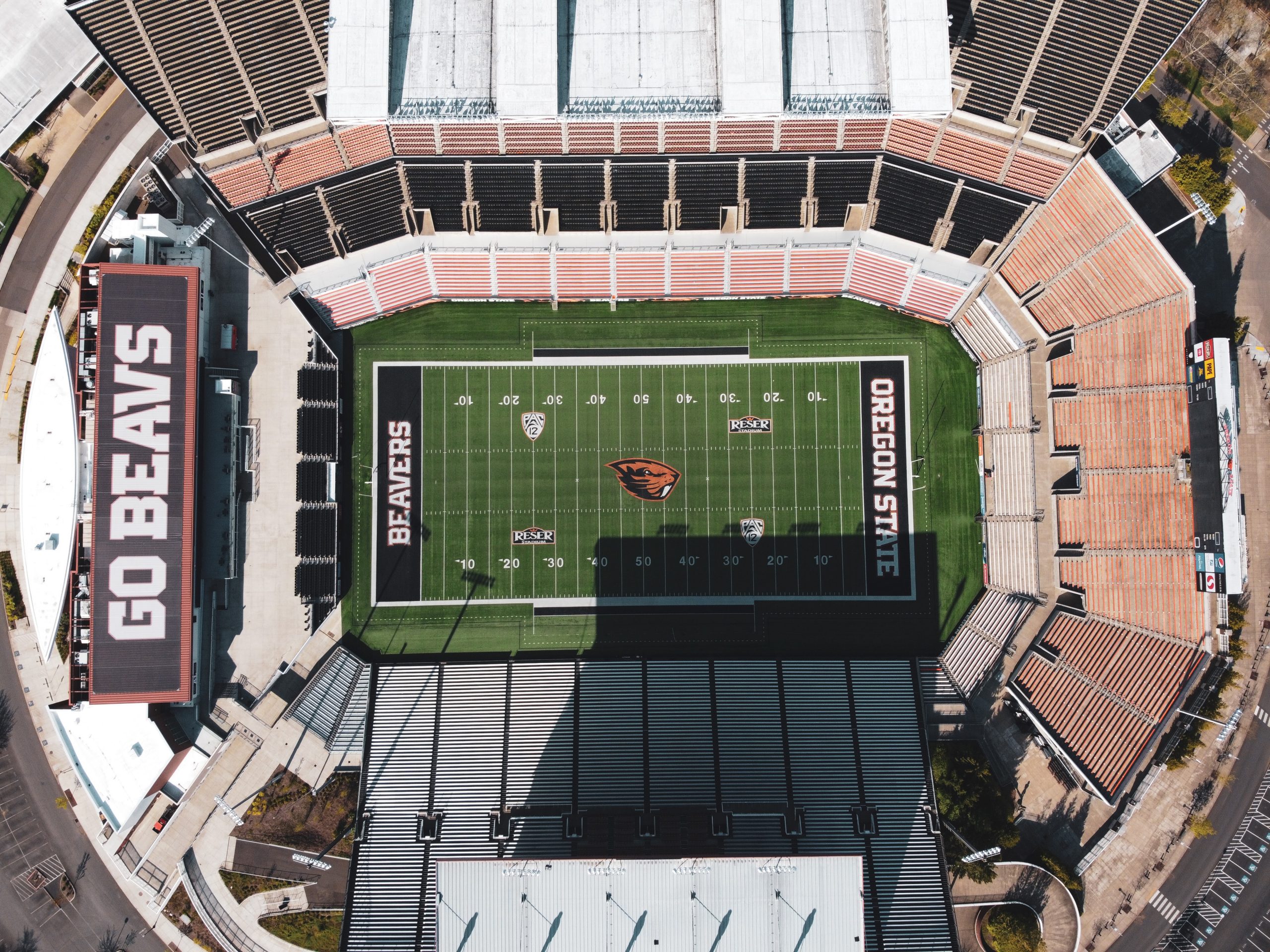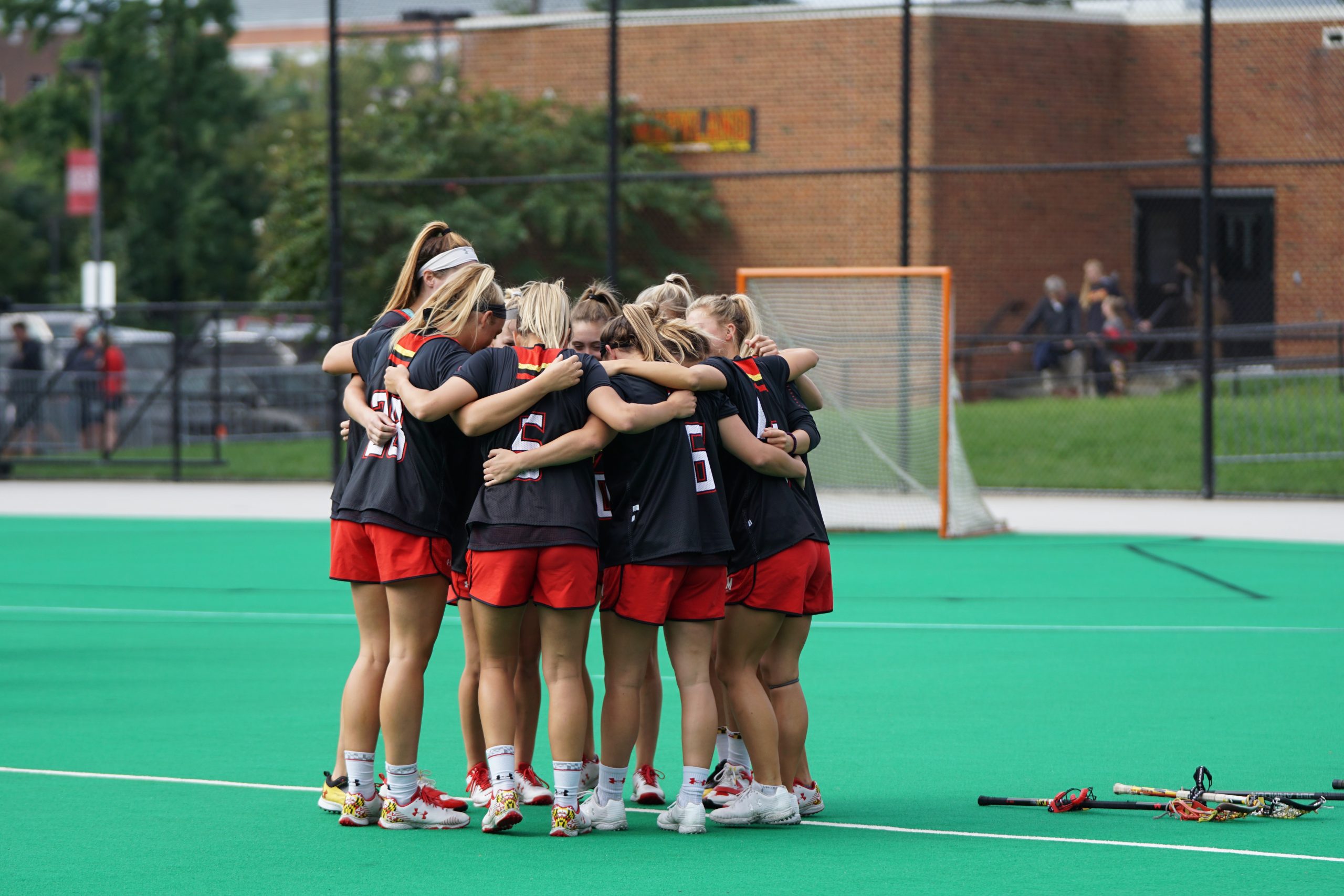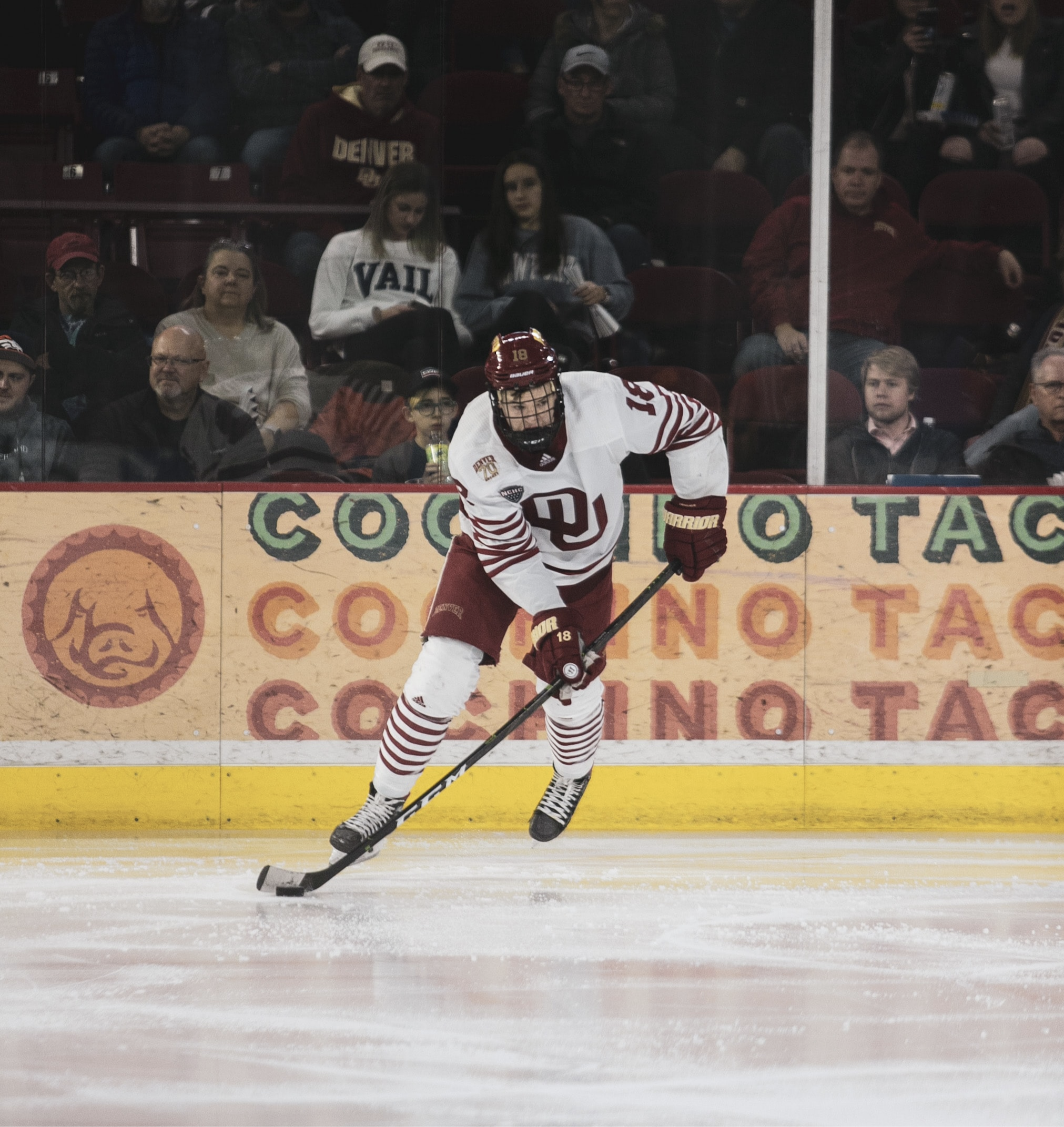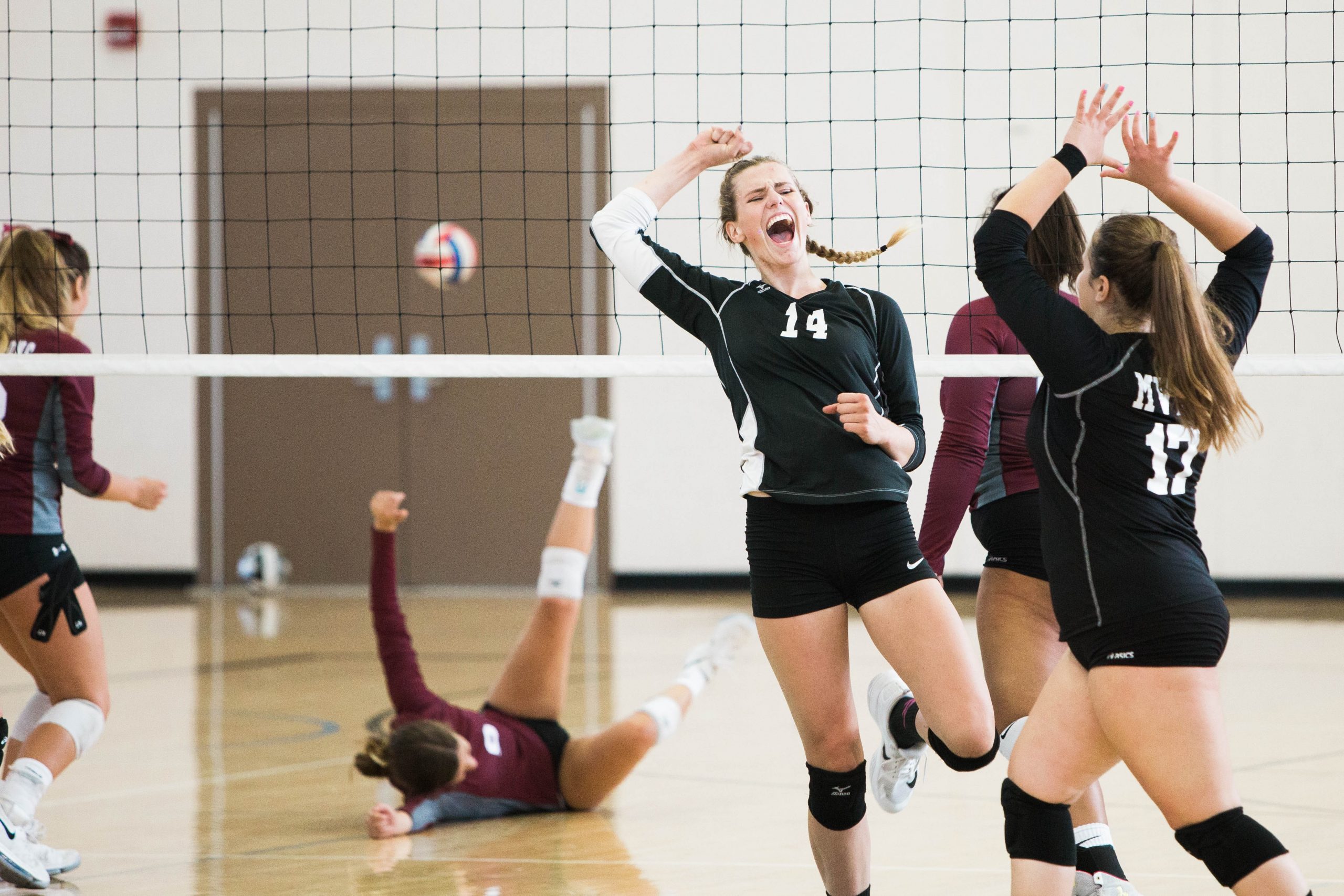Athletic scholarships
How does an athletic scholarship work?
American colleges and universities can join a number of national sports leagues. These sports federations determine how and under what conditions universities may provide athletic scholarships, and they also regulate the conditions you must meet as an athlete.
A few things to keep in mind when it comes to athletic scholarships:
- Sports scholarships are highly competitive. To qualify, you must play sports at a high level in the Netherlands.
- Sports scholarships are usually not given to professional athletes. You have to meet some “amateurism requirements” and there are rules for taking a gap year, among other things. You have to pay close attention to those rules to stay in compliance.
- Coaches do not recruit much outside the US. If you want to obtain an athletic scholarship as a Dutch student, it is best to contact coaches yourself.
- Sports leagues also set academic criteria for athletes. In addition to a completed high school education with courses in the 16 core courses, you often must have achieved a certain grade point average. An SAT or ACT score has not been required since 2023.

What sports associations are there?


What do you get with an athletic scholarship?
Equivalency scholarship
Each sport may provide only a limited number of full scholarships and equivalency scholarships. Scholarship options will vary by league.
- A full scholarship consists of tuition, room and board, and textbook reimbursement.
- An equivalency scholarship can be either a full or partial scholarship.
For example, if a sport has eighteen equivalency scholarships to distribute, it is up to the coach to determine whether to provide eighteen full scholarships to eighteen students, or thirty-six partial scholarships to thirty-six students, or ten full scholarships and sixteen partial scholarships, etc.
In NCAA Division I and II, the NAIA, and other leagues, scholarships are usually provided on the equivalency principle. There are some exceptions for sports in NCAA Division I, which operate on the headcount principle.
Head count scholarship
Certain sports in Division 1 are called “headcount sports.” This means that scholarships must be provided according to a 1:1 ratio. For example, if the NCAA has determined that 11 scholarships can be provided for tennis, only 11 students can receive scholarships. The coach may decide whether to provide full or partial scholarships. The following sports are headcount sports:
- Football (D1)
- Basketball (D1, men and women)
- Tennis (D1, women only)
- Gymnastics (D1, women only)
- Volleyball (D1, women only)
Headcount sports are significantly more likely to have a full scholarship than equivalency sports.
How do you apply for an athletic scholarship?
Securing an athletic scholarship (partial) is not easy. However, it is not impossible. There are many Dutch students studying in the US with an athletic scholarship.
As a prospective student, you must meet a number of conditions. You must be academically admissible to the university, meet the requirements of the sports association and be selected by the coach. A lot of time goes into getting an athletic scholarship.
Sometimes American sports coaches visit other countries to recruit members for their teams. It can also happen that non-US athletes are discovered during international sporting events. In most cases, however, you must actively seek a scholarship yourself and convince the coach of your athletic ability. Sports scholarships are usually only provided to students who play a sport in the Netherlands at the national level or play at a high level in a sport in which the Netherlands is a world leader.
Below is a step-by-step plan for applying for a sports scholarship. Start your research at least a year and a half in advance.
Step 1: Research
Research universities with teams in your sport
See which universities have sports teams in your sport, and what sports facilities are available at the various institutions. Also look within which division the sport is practiced. The higher the division, the harder it is for foreigners to get athletic scholarships, although the sport you play and the level at which you do so will also determine your chances. Before approaching universities, it is important to know what conditions you must meet in order to compete in a particular division. The NCSA has published these requirements in a guide.
Check out scholarship opportunities
Look up how many athletic scholarships are available for your sport and what types of scholarships are available (full scholarships, partial scholarships, tuition waivers). Understand that as a non-American, you will almost never qualify for a need-based scholarship.
Look at admission requirements
See what the college admission requirements are and what requirements there are for your test scores and prior education. University admission requirements are generally the same for students with athletic scholarships as for students who want to study at the institution without an athletic scholarship.
Register with one or more Eligibility Centers
Sports leagues also set requirements for your prior education and experience — make sure you are aware of these rules. Register with the NCAA Eligibility Center or the NAIA Eligibility Center to stay up to date on eligibility requirements, deadlines, etc.


Step 2: Prepare your application
Before approaching coaches, it is a good idea to list all the necessary information and documents — it is unwise to approach coaches with general emails. A coach receives many messages from interested athletes will generally only respond to messages that offer concrete information and are well-prepared. Consider the following information:
- Your academic transcripts.
- TOEFL and any ACT or SAT scores (ACT and SAT are no longer required by sports leagues since 2023, but can be part of your college application).
- An athletic resume. However, don’t limit your resume just to your sports — give as broad a picture of yourself as possible. What are your interests, how do you perform in school, what other hobbies do you have? A coach will also want to look at your personal qualities, such as your teamwork skills, perseverance, performance orientation, dedication, and discipline. All of these factors come into play, which is why you should give a coach as complete a picture of yourself as possible.
- Physical information relevant to the practice of your sport.
- Visual material, such as a video with highlights of your matches or your skills.
- Any letters of reference from your coach.
- Contact information for coaches and assistant coaches.
Tip: It is not uncommon for coaches to review potential athletes’ social media profiles. The Princeton Review published some tips on this.
Step 3: Get in contact
Approaching coaches
Approach coaches at the appropriate universities. Get in touch with as many coaches as possible, but be sure not to send generic mass emails. Approach each coach with a personal message and explain why you are interested in that particular university.
Share your school results, scores on an admissions test, any letters of reference from your Dutch coach, physical information relevant to the practice of your sport and, if possible, footage. State how well you performed, how many matches you won, what level you play at, how often you train, etc.
This is also your chance to ask questions about scholarship opportunities and the team. The NCAA has compiled a handy list of questions.
Make sure coaches can reach out to you, or, if possible, your Dutch coach. Be proactive yourself, too, and keep contacting them regularly. Coaches are bound by strict rules and may not contact potential athletes for a certain period of time. However, they may always respond to questions — that means you must take initiative yourself.

Step 4: Accept
Maybe you will be accepted by one institution, maybe several. Before you decide to accept an offer, it makes sense to ask the coach a few questions so you know exactly what to expect from the university. For example: is your scholarship awarded for four years, or only for the first year of study? These are important details to find out before you accept an offer.
Make sure you are also well-versed in the acceptance rules. More information about the National Letter of Intent can be found at nationalletter.org


